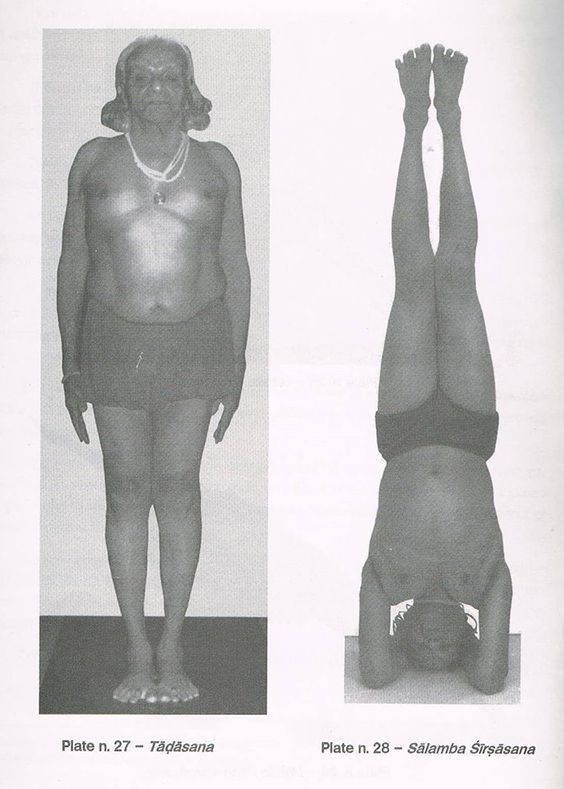Virabhadrasana III is a perfect pose for the winter season.
In Light On Yoga, Gurujii says that this "illustration conveys the harmony, balance, poise and power attained by practicing this asana. It helps to contract and tone the abdominal organs and makes the leg muscles more shapely and sturdy. All the movements of this asana improve one’s bearing and carriage. When we stand badly by throwing the weight on the heels we retard symmetrical growth and hamper spinal elasticity. Standing with the weight on the heels causes the stomach to protrude and lessens bodily and mental agility. This asana helps one to stand firmly on the soles of the feet, keeps the stomach muscles in and gives agility to the body and the mind”
The sutras I will be talking about this series are ways on how to quiest the mind, Yogah cittavrtti nirodhah , which defined by Gurijii is Yoga is the cessation of movements in the conciousness.
The wonderful thing about Viraghadrasana III, or any balancing pose is that when you are in the midst of the pose, breathing steadily, trying to stand upright, you really have nothing else going on in your mind. Except the pose, the moment, and what you are feeling.
Each week I will be teaching poses that will help to stand more firmly on the soles of the keep, strengthen the abdominal muscles and help stay focused and stay present.
In order for all of you to reach the Virabhadrasana III challenge I am asking all of you to focus on a few poses for your HOME PRACTICE. Oh you don't have a home practice??? Well START ONE:) Make it your goal for 2018 to practice at least 15-20 minutes a day and maybe that will increase to 30 to 45 to 1 hour...
Here is a sequence you can begin to do to start. You can add other poses(I put suggestions in red in the sequence) but these are the main ones to focus on that have some actions in Vira III that will help you. If you do not know the sanskrit names then LOOK THEM UP!!
Print out and do everyday. Have fun!!
_____________________________________________________________________________
***Women if you are menstruating omit the Vira III leg lift and Urdhva Pras Pad with strap and Viparita Karani.***
First find a full wall where you can set up your mat. You will need a mat, 2 blocks(or chair if you are more stiff), and a strap and 2 blankets(or bolster if you have one) for legs up the wall
1.Adho Mukha Svanasana with heels elevated on a baseboard
2.Uttanasana
3.Right Angle finger tips at wall
4.a.Parsvottanasana standing upright
b.Parsvottanasana coming forward concave back with hands on blocks(or chair)
5.Right Angle with finger tips at wall lifting one leg. Start with weak standing leg and end with weak standing leg(FOCUS ON STANDING LEG and observe the actions how it is similar to front leg of Parsvottansana)
6. Uttanasana with buttocks at wall, feet one foot distance away from wall, keep buttocks at wall and extend arms forward either on blocks or on floor
Prasarita Padottanasana(optional)
Sirsasana(optional)
7. Urdhva Prasarita Padottanasana 90 degrees-start this pose lying on back with legs up wall, then move buttocks 2" away from wall, place a strap around ball of feet, bring legs 2" away from wall, hold strap with hands, then remove hands from strap(keep straps on feet b/c may need it), hold legs up up to 2 minutes HOWEVER if legs start to bend or shake hold onto strap or bring heels to wall and extend heels up wall to straighten
8. Viparita Karani or Salamba Sarvangasana(minimum 5 minutes)-with 2 blankets or bolster
***stay in each pose unless otherwise stated for 4-5 breaths!!**










